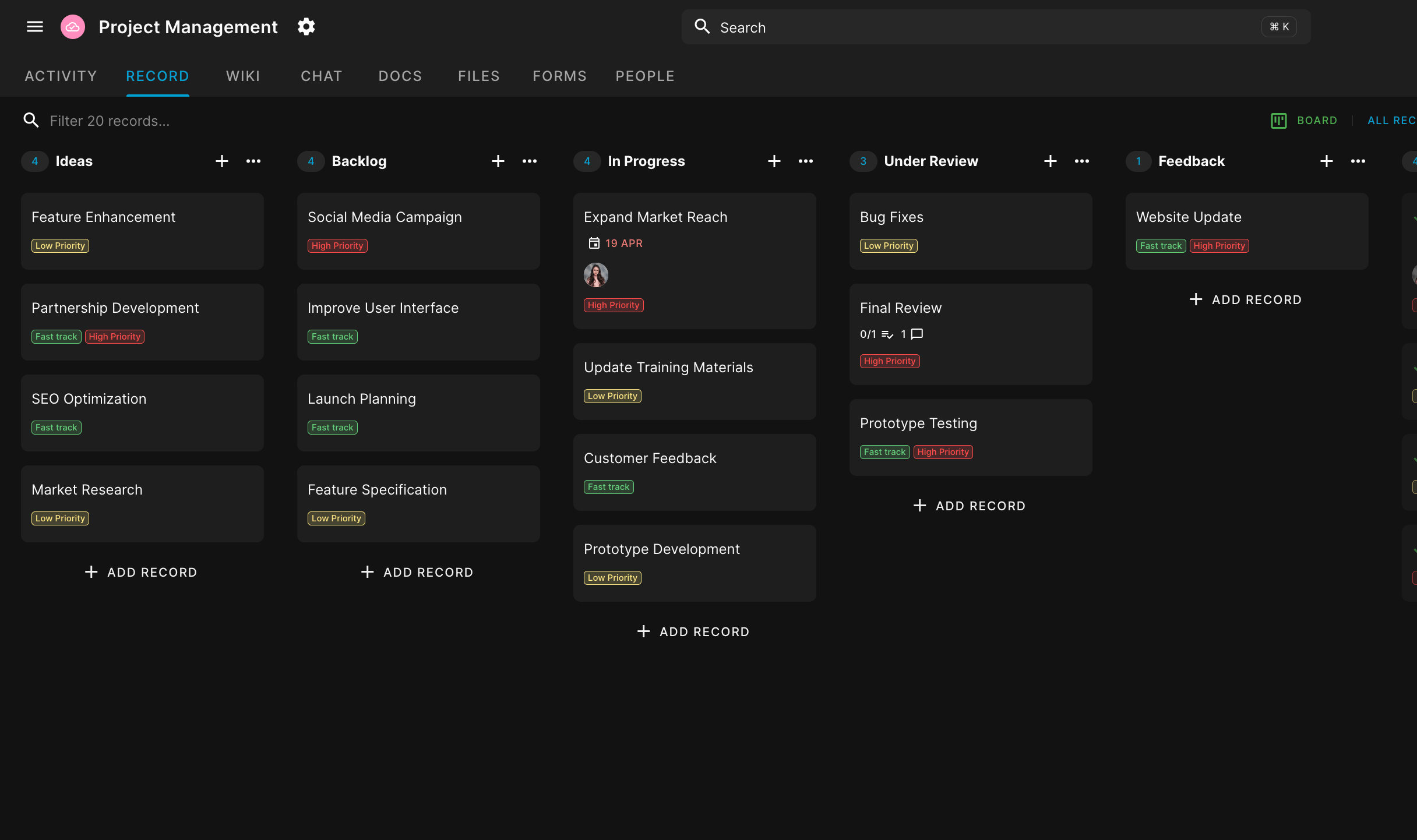
Definition of Business Case
A comprehensive justification for a proposed project or undertaking, demonstrating its feasibility, value, and alignment with organizational goals.
A Business Case is a formal, structured document that provides a comprehensive justification for a proposed project or undertaking. It outlines the rationale for initiating a project, demonstrating its feasibility, potential value, and alignment with organizational goals and strategies. This crucial document serves as the foundation for decision-making throughout the project lifecycle.
At the heart of any business case is a thorough feasibility assessment. This multi-faceted analysis examines various aspects to ensure the project's viability. Legal feasibility confirms compliance with all applicable laws and regulations, while risk assessment identifies potential pitfalls and proposes mitigation strategies. In a lighter vein, physical feasibility ensures the project doesn't violate the laws of physics - after all, we can't time travel... yet! The business case also evaluates how well the project aligns with the organization's brand identity and values, and assesses its potential impact on and value to customers. A detailed financial analysis, including ROI projections, forms a critical part of the feasibility study. Importantly, the business case demonstrates how the project supports the organization's overall strategic objectives, ensuring that resources are allocated to initiatives that truly drive the company forward.
The business case is typically created during the project initiation phase, before significant resources are committed. It serves as a critical decision-making tool for stakeholders to determine whether to proceed with the project. Several methodologies can be employed in creating a business case. PRINCE2, for instance, emphasizes the business case as a living document throughout the project lifecycle. Six Sigma incorporates data-driven decision making into the business case process, while the Lean Startup methodology focuses on validating assumptions and pivoting based on market feedback.
Stakeholders play a crucial role in the business case process. During development, key stakeholders contribute their expertise and requirements. The review phase involves stakeholders critically assessing the business case for completeness and accuracy. Decision-makers then use the business case to determine project viability. Throughout the project, stakeholders continue to refer to the business case to ensure alignment with original objectives.
To create an effective business case, several best practices should be followed. It's crucial to be objective and realistic in your assessments, avoiding overly optimistic projections that can lead to unrealistic expectations. Use clear, concise language accessible to all stakeholders, and include both quantitative and qualitative benefits. Regularly reviewing and updating the business case throughout the project lifecycle is also essential. Common pitfalls to avoid include neglecting to consider all costs (including hidden and long-term expenses), failing to align the business case with organizational strategy, and inadequate risk assessment and mitigation planning.
The business case isn't just a one-time document for initial approval; it serves several ongoing purposes. It provides a performance benchmark against which project progress can be measured. It helps control scope creep by providing a reference point for the original project boundaries. The business case also supports requests for ongoing or additional funding by demonstrating continued value, and assists in evaluating proposed changes against original project objectives. At project closure, it facilitates post-project review by allowing comparison of actual outcomes to initial projections.
In conclusion, a well-crafted business case is an essential tool in project management. It not only justifies the initial investment but also guides decision-making throughout the project lifecycle, ensuring that the project remains aligned with organizational objectives and continues to deliver value. By providing a comprehensive view of a project's potential impacts, benefits, and risks, the business case enables organizations to make informed decisions about resource allocation and strategic investments.
Related Resources
Boost your productivity. Start using Blue today.
Blue organizes work, ensuring teams know what to do, how to do it — and why it matters.


